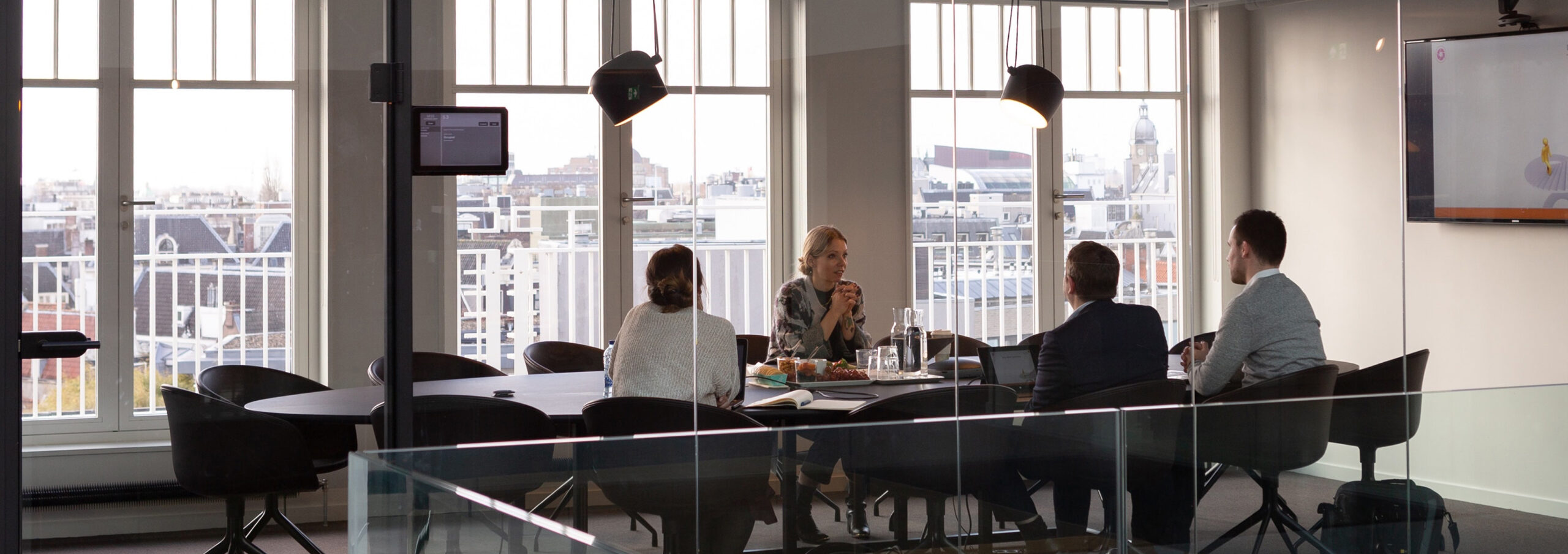
Over the past two decades working with small and mid-sized companies to large enterprises, I have come across hundreds of Requests for Proposals (RFPs), and in almost every case, the RFx procurement landscape process falls short of its intended purposes. Not only that, it’s also often an incredibly frustrating process for the customer. Many times, the RFP authors within the businesses seeking qualified vendor options may have other goals in mind that may not align with the RFP’s stated objectives. Other times, the author may think that there could be leverage to gain with a group of competing suppliers.
Contrarily, starting with a design-led discovery session proves to be an effective method for companies to obtain valuable insights into their business and markets, while also establishing a clearly defined concept and plan for their project or product.
As Forrester puts it, “RFPs are expensive and time-consuming.” In many cases, the investment into creating the RFP, administering it, and evaluating the responses is riddled with manual consolidation and time-consuming, error-prone work. Not exactly the best way to kick off a new relationship.
Evaluating the Value of the Traditional RFP Process
Let’s face it: most RFPs are a patchwork of online articles and previous documents from various departments, lacking a clear focus on the actual problem to be solved.
It’s not uncommon for businesses to invest a lot of time crafting, sharing, and iterating on an RFP, resulting in short windows for responses and companies submitting solutions that lack a comprehensive understanding. This, in turn, creates a confusing variety of responses to review that don’t meet the real business needs.
RFPs that are released without clear expectations often result in responses containing a mixed bag of opinions formed in a vacuum and peppered with assumptions and exclusions intended to protect the respondents’ interests. The RFP participants are tasked with answering a complex brief in a short timeframe with minimal exposure to the business and a bulky document of sterile questions, with only a few high-level requirements to guide them.
According to Deloitte, “Once the initial business drivers are understood, a high-level business case has been agreed, and the decision to go forward with an outsourcing initiative has been made, it is tempting to rush straight into the creation of the RFP and the design of the “to be” structures. However, conducted Assess phase ensures that this temptation is avoided by delivering high-value analysis early in the deal cycle.”
Discovery is More Valuable Than a Traditional RFP Process
Rather than investing weeks or even months of undefined efforts into an RFP, there are more effective ways to gain confidence in a potential partner’s ability to deliver desired outcomes. Conducting a discovery phase through a series of workshops is a better alternative than rushing into an RFP.
Instead of investing significant time and effort in preparing an RFP, during the discovery phase, businesses share their goals and objectives with an unbiased and strategic partner, allowing them to provide feedback and suggestions that help shape the project scope and deliverables.
This includes starting with a deeper dive into the context surrounding your business goals, which can be in various stages of being defined. A full assessment through a comprehensive discovery initiative will give consideration to all key aspects such as the right:
- Value: This includes the financial benefits and assesses the costs that will be incurred to deliver desired benefits.
- Time: Look for partners whose overall objectives and priorities align with long-term planning.
- Customer Experience: Consider how a partner will support your customer journey, talent, processes, and performance measurement and improvement.
- Product/Service: Work with a particular partner who emphasized the ability to ensure efficient and productive work.
- Solution: Evaluate how potential partners mitigate risks to ensure successful outcomes.
Additionally, this approach allows businesses to better evaluate new partners while fostering collaboration and communication between both parties from the onset of the project. To avoid wasted time and resources, and to be able to maintain a focus on success, businesses can follow these suggestions:
- Start with an audit and invest in a partner who is disciplined in design-led thinking processes to develop solutions that meet business goals and create value for customers.
- Involve cross-functional teams to ensure that all aspects of the project are considered.
- De-risk the project by breaking it down into manageable phases, starting with an audit, workshop, and discovery.
- Define, set, and measure progress along the way (OKRs, KPIs, etc.) and adjust as needed.
Takeaway
When you have amazing customers and aim to cultivate enduring relationships, it is imperative to establish a strong foundation right from the outset. Here at Brightly, we deeply appreciate the opportunity to serve our remarkable customers and value their consideration in any opportunity. While we have attained business from the RFP process, which showcases our capabilities, competencies, and reputation, there exists a more effective approach to finding the ideal partner.
By actively engaging in open dialogue with potential partners, businesses can gain a comprehensive understanding of their approach and values, enabling them to make informed decisions and significantly enhance the likelihood of achieving their desired outcomes. Instead of investing valuable time in outdated RFP processes, make the choice to partner with an experienced and dedicated team, and take advantage of cultivating better partnerships right out of the gate.

